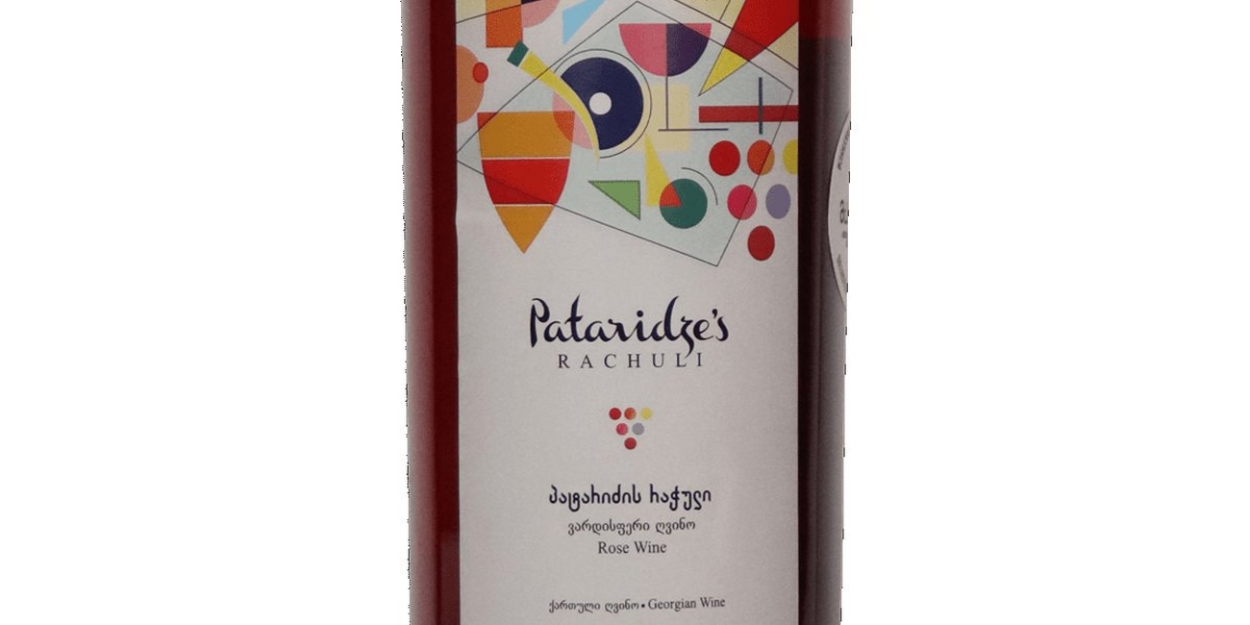
Sunny summer days filled with friends, good food and outdoor evenings are quickly approaching, so we want to introduce to our readers some unexpected rosés for your next summer adventure!
The country of Georgia is known for its traditional winemaking practices and over 525 grape varieties. Often referred to as the “birthplace of wine” Georgia is known for its amber qvevri wines and Saperavi red bottlings, but their unexpected rosés that are perfect for consumers to discover ahead of summer.
Saperavi is Georgia's most prominent and well-known grape and makes up many hectares of Georgia's vineyards. While Saperavi is often used to produce many different red wines with defined tannins, mouthwatering acidity and wonderful flavor profiles, it is a versatile grape that is also used to create unique rosés. Common tasting notes include red and black fruit, floral and spice notes, and Saperavi’s signature refreshing acidity.
Another common grape that makes Georgian rosés is Aleqsandreuli that is often spelled Aleksandrouli. This grape is grown in the Caucasus, the area between Europe and Asia, but is most notably grown in its native Georgia. It is usually harvested at the later stages because Aleksandrouli thrives in a wetter climate. The grape produces sweet and juicy wines which makes it perfect for rosé!
A similar Georgian grape that is usually blended with Aleksandrouli is Mujuretuli. This grape on its own makes dark ruby-colored wines that mimic the tart flavor of pomegranate. When blended, these two grapes create velvety smooth, delicious rosés with complex flavors such as spice, floral notes, and red fruit.
Further contributing to the variety of Georgian rosés are the country’s traditional as well as modern winemaking practices. Give your summer companions a taste of different rosés by exploring two popular styles
Qvevri is the original winemaking method of Georgia, and what gives them the name “the birthplace of wine.” The qvevri is an egg-shaped earthenware vessel made of clay. The oldest known qvevri dates back to 6,000 BCE, which shows early evidence of this cultural tradition. Qvevri wines, including rosés, are created by pouring pressed grape juice, skins, stalks and pips into the qvevri before burying the vessels for three to six months of fermentation underground. Rosés that are produced in qvevri typically have more texture, adding to the complexity of the wine.
This more classic and modern winemaking method uses steel tanks to produce the rosé. This style of rosé made in stainless steel often features softer tannins and pure fruity character.
Here are two Georgian rosés that we highly suggest. It's nice to know that they come at different price points to suit every budget.
Pataridze's Rachuli Rosé 2022 (SRP $40)
A blend of Aleqsandreuli and Mujuretuli, this rosé boasts a light ruby color that mimics the color of delicate rose petals. On the nose this wine has aromas of wild rose and raspberry, exciting any rosé lover! The tasting experience is really where this wine shines, with notes of juicy berries and floral flavors finishing off with a sweet and tart finish.
Dugladze Saperavi Rosé 2021 (SRP $10)
This Saperavi rosé is a semi-dry wine. On the nose this wine has aromas of sweet strawberry and raspberry. On the mouth, there are fruity and juicy notes of sweet berries. Dugladze rosé is sure to please your summertime cravings.
To learn more about wines that are produced in the country of Georgia, please visit "Wines of Georgia" HERE.
Photo Credit: Courtesy of the Producer
Comments

Videos

